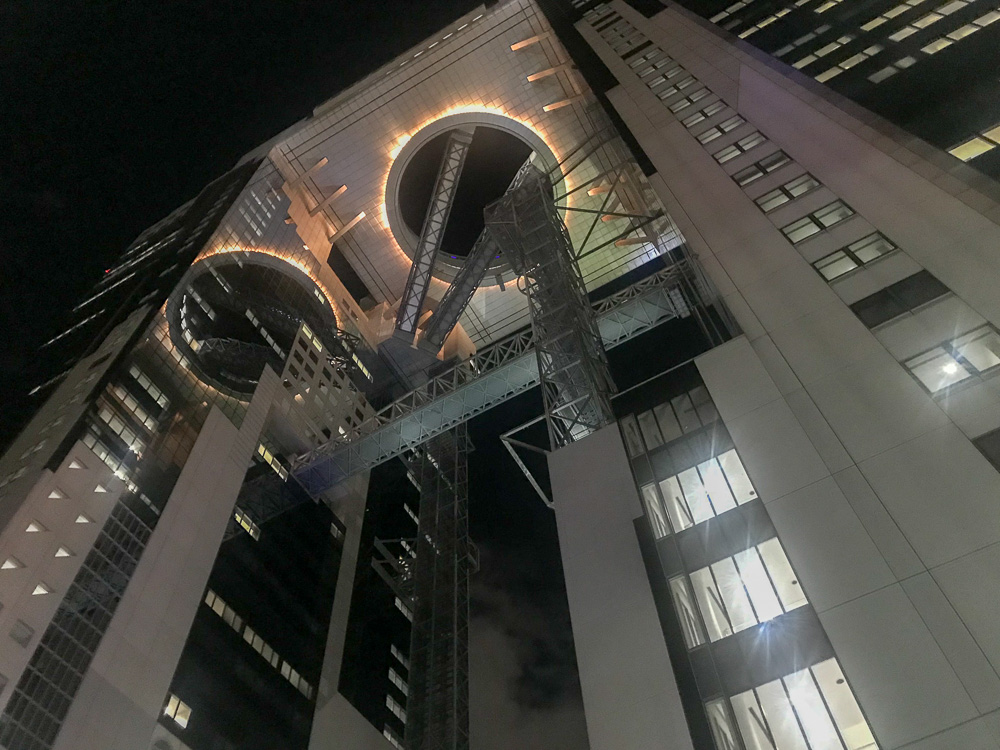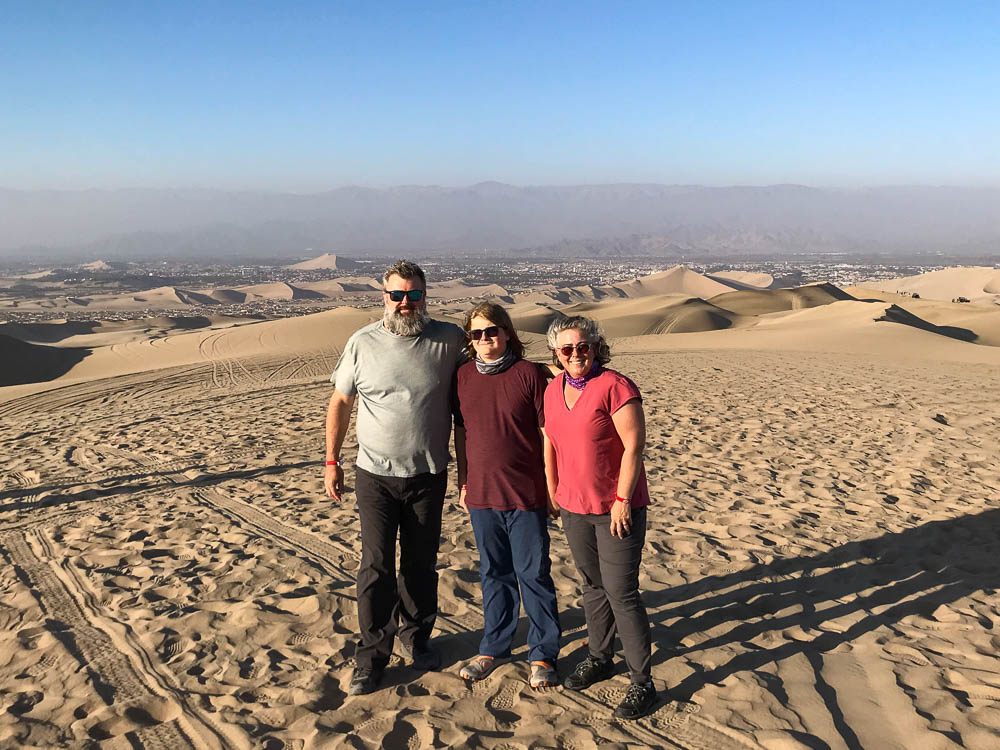Japan – Tokyo Neighborhoods
After enjoying our time in Osaka, it was time to head to our last destination in Japan – Tokyo. In our first day and a half we managed to cover a few different Tokyo neighborhoods.
Nihonbashi
After arriving at Tokyo Station, we had some time to kill before we could check in to our AirBnB accommodation. We decided to store our luggage in lockers and explore the area around the station, Nihonbashi. This has been a commercial district for hundreds of years.
Very early into our visit to Tokyo we had an encounter with Godzilla.

After surviving our run-in with the famous monster, we made our way to Nihonbashi Bridge. A wooden bridge across the Nihonbashi River was built in 1603, and the area has been a thriving commercial district since then. The current stone bridge has been in place since the late 1800s.

The bridge is somewhat overshadowed by a freeway that was built in the 1960s. This makes photographing the Nihonbashi Bridge a bit of a challenge. However, it’s possible to take pictures there that capture the mixture of history and modernity you can experience in Japan.

Nihonbashi continues to be a major commercial district, home of some of Tokyo’s largest department stores. It’s also the home of Sembikiya, where you can buy that crazy expensive fruit that Japan is famous for.


Sugamo
After a couple of hours exploring Nihonbashi, it was time to make our way to our AirBnB, in the Sugamo neighborhood. We chose to stay here because it was less expensive than other more famous Tokyo neighborhoods. However it was a fairly short walk to a station on the Yamanote Line, which made it convenient to get to the places we wanted to see in Tokyo. You can use your JR Pass on this line, so if you have one you can save money over using the subway lines.
We had a quiet night settling in to our accommodation, which was in a very quiet residential area. It was nice to be out of the hustle and bustle of the busier Tokyo neighborhoods. We found a local convenience store to grab some food to take back to our AirBnB for dinner.
In the morning, as we walked through Sugamo to take the train to explore some more Tokyo neighborhoods we saw vendors setting up stalls for the monthly market on the Sugamo Shopping Street.


The Koganji Temple next to the Sugamo Shopping Street has a fountain that produces water that is said to have healing properties. This attracts many older Japanese people to the temple. The nearby shopping street features stores that cater to these older folks, which gives the area its nickname of “Grandma’s Harajuku”.

Tokyo Station
From Sugamo, we took the Yamanote Line back to Tokyo Station. We exited the station on the opposite side of the building from the Nihonbashi side we had explored the previous day. This western side of the station features the original station building from 1914.


Akihabara
After Tokyo Station, Heide headed off to do some solo shopping. Lachlan and I headed towards a place he had been looking forward to visiting – Akihabara. Originally starting as the home of Tokyo’s biggest electronics stores, it’s now also the center of Japan’s video game and anime cultures. As soon as we stepped out of the Akihabara train station we knew we were in the right place.

Our first stop was an arcade, for more Japanese-style video gaming.

After the arcade it was time to go shopping. Despite the temptations of the multiple Pokemon Centers we had visited earlier in our trip, Lachlan had kept some money in reserve to spend in Akihabara. The first store was the amazing Super Potato. This place is a treasure trove of retro gaming gear, with many rare items as well as reminders of video game history. Lachlan is a student of retro gaming, but I lived through it, so I may have enjoyed browsing here even more than he did.



Super Potato was an awesome place to browse, but the prices were expensive. After much searching, we managed to find a smaller retro game store with better prices where Lachlan was able to find a couple of cool Japanese games in his budget.

Shinjuku
The last stop on our day exploring Tokyo neighborhoods was Shinjuku. This is one of the major entertainment districts of Tokyo, with lots of restaurants, bars and attractions. We were there to try out some virtual reality games at the VR Zone Shinjuku. Unfortunately, Lachlan was too young to try VR Mario Kart, but there were plenty of other games to try. It was a bit expensive, but a lot of fun.

VR Zone Shinjuku has since closed due to a redevelopment project, but there are other Tokyo neighborhoods with places you can try virtual reality games, like VR Park Tokyo in Shibuya.
After almost being overwhelmed by the dining options in Shinjuku, we finished our day with a great sushi meal.

Tips for Exploring Tokyo Neighborhoods
Tokyo is a city of neighborhoods, with different parts of the city having very different characteristics. You can explore busy, modern districts like Shinjuku or explore traditional sights in areas like Asakusa. Some districts specialize, like Akihabara’s focus on electronics and gaming culture or Harajuku’s youth culture.
If you’re adventurous and willing to tackle the language barrier, wandering Tokyo’s less-touristed residential areas checking out neighborhood temples and restaurants can be very rewarding. You never know what you’ll find around the corner while wandering Tokyo back streets. We found a lovely little incense store on this trip, and on previous visits have run across random neighborhood festivals.
If you get hungry or thirsty while wandering Tokyo streets you’re usually not too far from a convenience store to garb a snack and a drink. If you need a meal then you can almost always find a selection of restaurants near any train station.
Hopefully this encourages you to get out and explore some Tokyo neighborhoods when you visit Japan, it’s a great city to wander and explore.




















 Travel Magazine
Travel Magazine